- Yokohama-shi Top Page
- Living and Procedures
- Housing and Living
- Waste and recycling
- Data, pamphlets and sound sources
- Data
- Let's start with waste reduction
- Let's start with waste reduction
Here's the text.
Let's start with waste reduction
※This page is the page of "Yokohama 3R Dream (Slim) Plan", which is the former Yokohama City General Waste Management Basic Plan. At present, we carry out based on "Yokohamapra 5.3 (garbage) plan".
Last Updated February 10, 2025
In the “Yokohama 3R Dream (Slim) Plan (Yokohama City General Waste Treatment Basic Plan)” formulated in January 2011, the total emissions (total amount of garbage and resources) will be reduced by 10% or more compared to FY2009 (2009) by FY2025, and reduce greenhouse gases emitted from waste disposal by 5% or more by FY2020 (2) by FY20.
As a future city of SDGs, while promoting initiatives for dewarming throughout Yokohama City, efforts to dewarming are also important in the field of waste, so cooperation with Yokohama City's global warming countermeasures plan We have set greenhouse gas reduction targets.
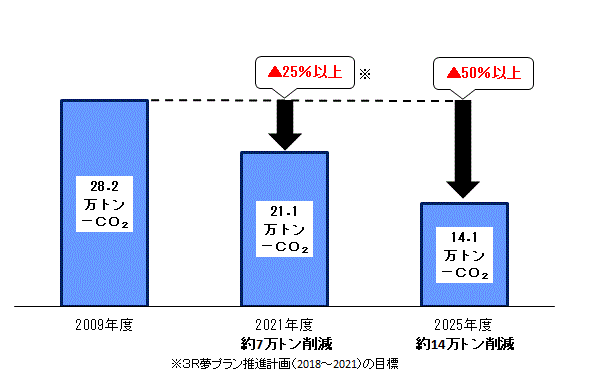
Goals of the Yokohama 3R Dream (Slim) Plan Promotion Plan (2018-2021)
For the actual results of greenhouse gas emissions, see the page on "Greenhouse gas emissions from waste disposal".
Concept of Greenhouse Gas Emissions
Greenhouse gas emissions in the targets of the “Yokohama 3R Dream (Slim) Plan” are calculated by adding the reduction effect of garbage power generation to the calculation method of the local government action plan system based on the Act on Promotion of Global Warming Countermeasures. .
The following is the concept of estimating greenhouse gas emissions in each process.
What are the greenhouse gas items to be calculated?
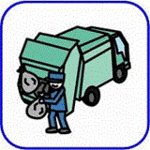
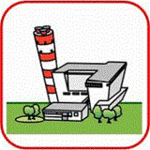
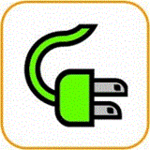
- We calculate the amount of greenhouse gases emitted from collection vehicles when Yokohama City collects garbage and recyclables from homes. This is calculated based on the amount of fuel used and mileage of collection vehicles.
- We calculate the amount of greenhouse gases equivalent to the amount of electricity and gas used at facilities such as collection offices, incineration plants, and resource sorting centers related to waste disposal.
- The amount of greenhouse gases generated when burning garbage at incineration plants is calculated from the amount of burnable garbage.
- Incinerators use the heat generated when burning garbage to generate electricity, and sell surplus power. Selling electricity to electric power companies, etc., leads to a reduction in greenhouse gas emissions, such as reducing the use of fossil fuels when power companies generate electricity. This reduction is calculated.
What kind of greenhouse gas emitted from garbage disposal is emitted?
The amount of waste generated by incineration of waste accounts for the majority.
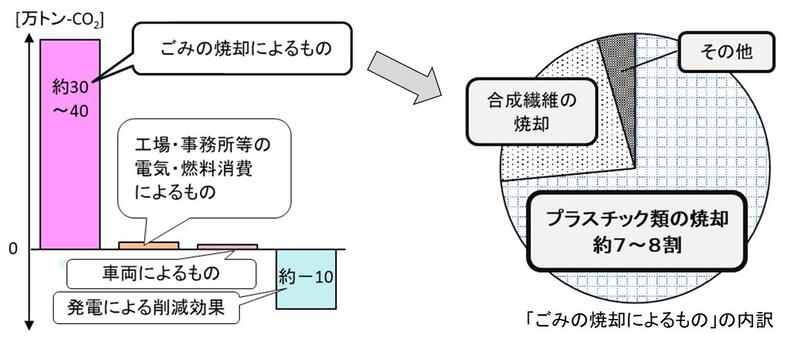
Most of the greenhouse gases generated when incinerating garbage are carbon dioxide generated from plastics and synthetic fibers made from fossil fuels. In particular, the incineration of plastics accounts for the majority.
In addition, carbon dioxide is generated when paper, kitchen garbage, and plants are incinerated, but because it is derived from carbon dioxide absorbed from the atmosphere during the growth process of plants, it is not included in greenhouse gas emissions, as absorption and incineration emits less than zero.
In addition, the act of incinerating garbage regardless of the type of garbage such as plastic or kitchen garbage generates greenhouse gases other than carbon dioxide (methane, nitrous oxide). These gases usually produce very small amounts of carbon dioxide, but have a more powerful greenhouse effect than carbon dioxide. Reducing waste from paper, kitchen garbage, vegetation, etc. leads to a reduction in the amount of methane and nitrous oxide generated. In addition, it also reduces the carbon dioxide generated when transporting them (such as those derived from the driving of collection vehicles).
How to reduce greenhouse gases?
Let's reduce burnable garbage by reducing our efforts!

We can reduce greenhouse gas emissions by reducing the overall burnable garbage.
Let's reduce the amount of garbage by reducing efforts.
The following are some of our efforts to reduce emissions.
- Use my bags, my bottles, and my chopsticks as much as possible.
- Don't get one-way plastic such as plastic disposable straws, spoons, and shopping bags.
- I don't have any leftovers
In this way, we need to reduce waste. For more information about one-way plastic, please see the "Overview of Plastic Issues" page.
Let's separate the resources that still remain in burnable garbage!
Some burnable garbage are still burned without being separated.
In particular, make sure that plastic containers and packaging and PET bottles, which are plastics that emit a large amount of greenhouse gases by incineration, are thoroughly separated. Please see page of "garbage composition investigation" about classification cooperation rate indicating ratio that recyclable garbage was sorted correctly.

Let's reduce the water of the garbage!

By reducing the amount of water contained in kitchen garbage and pruned branches, waste can be easily burned at incineration plants, and the amount of surplus electricity sold at incineration plants increases, thereby reducing greenhouse gas emissions. To do so, let's do the following.
- Reduction of food loss
Reducing food loss not only eliminates waste of food in front of you, but also eliminates waste of energy used in the production, transportation, and processing of raw materials, leading to a reduction in greenhouse gases. - Soil mixing method, cardboard compost, etc.kitchen garbage Blend)
- Draining the kitchen garbage
- Drying of pruned branches
Inquiries to this page
Policy Coordination Division, Policy Coordination Division, Resources and Waste Recycling Bureau Policy Coordination Department
Telephone: 045-671-4565
Telephone: 045-671-4565
Fax: 045-550-4239
Email address: sj-chousa@city.yokohama.jp
Page ID: 880-804-124







